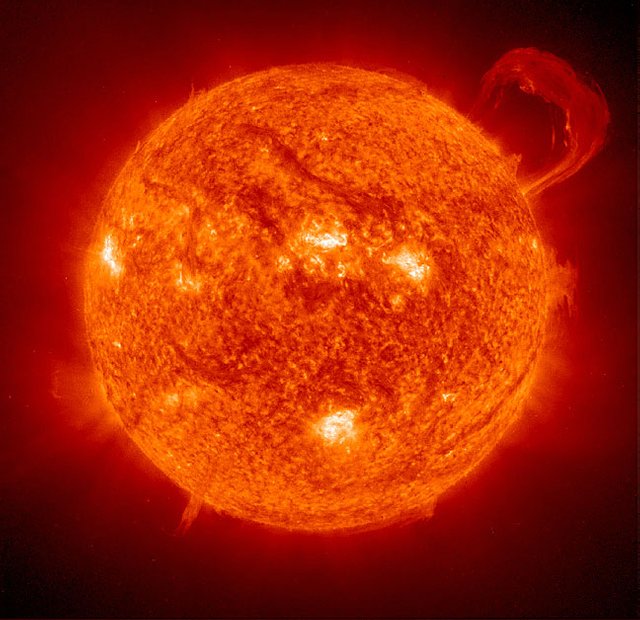How Dwarf Stars Can Be So Bright ✨✨
Numerous prominent space science books begin by ex-plaining how little and immaterial our Solar System is. The well known 'Hitchhiker's Guide to the Galaxy' starts by depicting our own star with the words "Far out in the unfamiliar back-waters of the unfashionable end of the Western Spiral arm of the world lies a little unregarded yellow sun." There is a slight error in that sentence. As opposed to being generally insignifi-cant, our Sun is in reality one of the greatest and brightest stars in the universe!
By and large, brilliant stars are uncommon in space however they are the most widely recognized stars recorded in star lists since they are anything but difficult to discover. Most by far of stars we find in the sky are brighter than the Sun.
Stars are ordered by a letter called their unearthly sort. This depends on the temperature of their surface and the qualities of the spec-trum of light the star discharges. All together of brightest to dimmest, the grouping runs OBAFGKM. A great many people can let you know that our Sun is class G.
Here are some unpleasant appraisals of how normal every sort is:
- Sort O (extremely hot somewhat blue stars) around 1 star in each thirty thousand
- Sort B (blue and splendid stars) around 1 star in each thousand
- Sort A (white stars) around 1 star in a hundred Type F (yellowish white stars) around 1 star in thirty
- Sort G (yellow) around 1 star in fifteen
- Sort K (cool orange stars) around 1 star in eight Type M (red smaller people) around four out of five stars
A common star contrasted with the Sun Newly found M class star SO25300.5+165258 and the Sun. The sweep of the red small star is only 1/7 that of the Sun.
Little and faint M sort stars appear to be the most widely recognized stars in space, in any event in our part of the Milky Way. Of the 100 nearest stars to the Sun, 80 are red diminutive people, and most by far of these can't be seen with the exposed eye. The normal red smaller person transmits just 4% as much vitality as the Sun. They are little as well, the normal red midget has a distance across and mass of short of what 33% that of the Sun.
The way that the dominant part of stars we find in the sky are brighter than the Sun, likewise implies that most stars in the universe are excessively diminish for us, making it impossible to see. From the figures above, unmistakably most stars (around 9 out of 10) are really littler and dimmer than our Sun, and just around 3% are essentially brighter. So really our Sun is one of the greatest and brightest stars in the world!
So why do most stargazing books malign our star? It is presumably a consequence of over passionately ap-utilizing the average quality rule. This is the philo-sophical thought that there is nothing unique about our place in the Universe ("we live on a common planet, circling a normal star in a standard galaxy...") as a rule this a sensible idea, after all the Sun isn't the focal point of the Universe, yet this is one example where we truly can sincerely say we live some place extraordinary!
